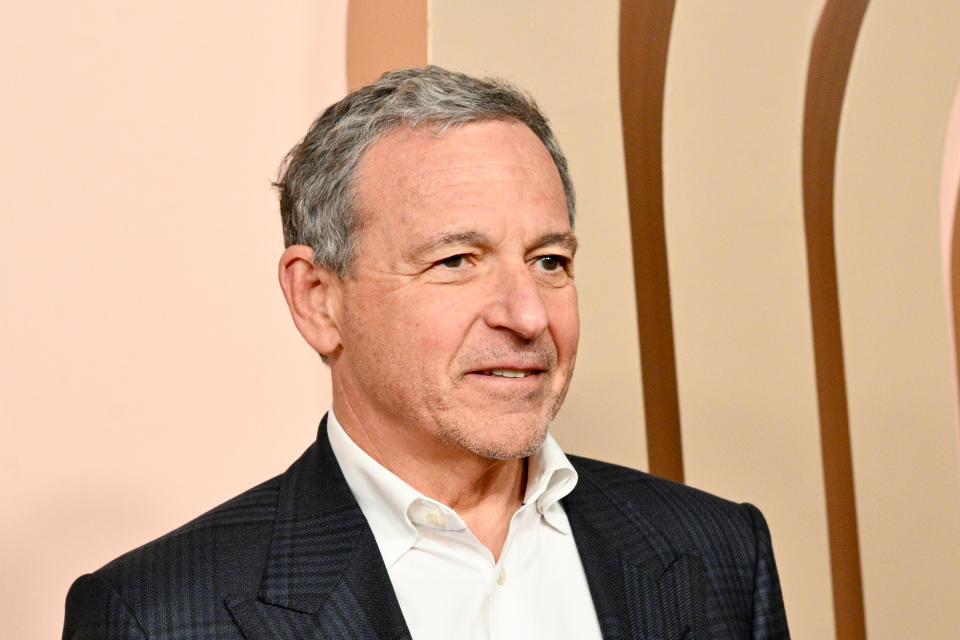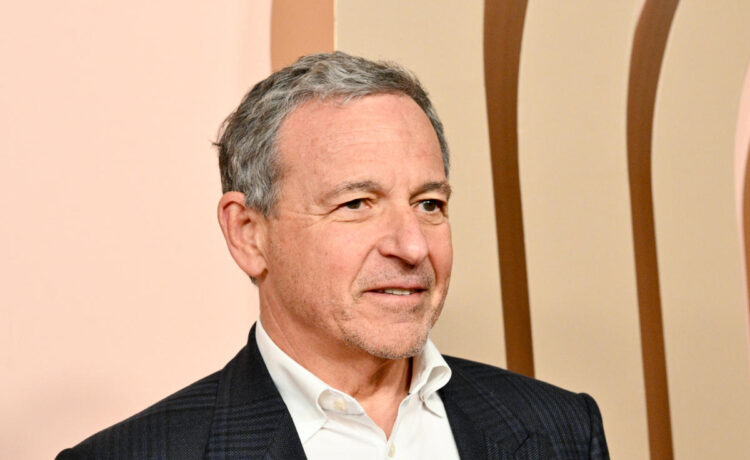Disney (DIS) once embraced the opportunity to expand into India. Now it’s backing away.
Five years ago, the media giant’s $71 billion 21st Century Fox deal gave it access to the Indian TV network Star, which hosts dozens of sports and entertainment channels, along with its streaming service Hotstar.
But the House of Mouse is now scaling back its ambitions in the country and taking a back seat to a local player. Last month, Disney said it would merge Star — once viewed as a crown jewel — with Indian telecom giant Reliance Industries in a joint venture estimated to be worth $8.5 billion. Disney will be a minority shareholder in the entity.
The decision highlights the challenges posed by the Indian entertainment market despite its allure of growth, multiple analysts told Yahoo Finance. While India offers the opportunity to reach millions of viewers, competition is fierce and success requires a significant amount of investment that US media companies may not be prepared to make as they grapple with cord-cutting challenges domestically.
India, which boasts a population of more than 1.4 billion, has become a media hotspot with projected TV and streaming-related revenue growth of 11% in 2024. That compares with much more muted growth in other developing countries, according to analytics firm Ampere Analysis.
But the market has been a hard one for US media companies to crack. First of all, it’s difficult for companies to create a direct relationship with Indian consumers, who largely rely on mobile operators to gain access to streaming services due to limited broadband infrastructure.
Indian consumers also have a relatively low willingness to pay for streaming platforms thanks to free, ad-supported models from local content providers and rampant piracy.
Local content providers — the top four being Star India, Viacom18, Sony, and Zee Entertainment — have largely been able to service India’s vast population, which spans many different languages and dialects. Reliance, which has leveraged the success of its booming telecom business, has added yet another competitive layer to the diverse Indian TV market.
“It’s quite a fragmented media landscape,” Neil Anderson, senior analyst at Ampere Analysis, told Yahoo Finance, noting local players have much larger ad businesses in addition to stronger production capabilities around entertainment and sports.
It’s not just local competitors taking market share. Netflix (NFLX) and Amazon (AMZN) — two tech giants with significantly higher free cash flow levels compared to their legacy media counterparts — have made inroads with higher-income Indian consumers by offering localized content, said Mihir Shah, vice president of research firm Media Partners Asia.
“The real story in India has been the growth of the middle- to higher-income consumer,” Shah said. “That’s a segment which many of the tech platforms [like] Netflix and Prime Video are really dominating.”
The challenge, however, comes in penetrating the next 50 million households when income levels drop and more investment is needed to break through, he said.
All this has translated into tough times for Disney. The company lost the rights to stream Indian Premier League cricket matches through Hotstar to Reliance in 2022.
In another setback, Hotstar lost popular HBO content, including top programs like “Succession,” “Game of Thrones,” and “The Last of Us.” Warner Bros. Discovery (WBD), the parent company of HBO, instead made the content available through the Indian streaming service JioCinema, which is owned by Viacom18.
In its latest fiscal year ending in September, Disney reported 37.6 million Hotstar subscribers, down a whopping 39% compared to the prior-year period.
On top of subscriber headwinds, foreign exchange has also been an issue.
The value of the Indian rupee, for example, has dropped roughly 20% since Disney’s Fox acquisition in 2019. That has impacted metrics like average revenue per user (ARPU) for Hotstar subscribers, which is pennies on the dollar compared to where the metric stands for Disney’s US-based subscribers.
During an earnings call in November, Disney CEO Bob Iger admitted to challenges in the Indian market but also said the company “would like to stay” and that its linear business “actually does quite well” in the country.
Industry observers told Yahoo Finance that the problems Disney faced in its core businesses likely played a role in the company’s decision to pull back.
In the years since the Fox merger, Disney’s parks business has slowed, its linear TV division has declined, and its streaming business, which launched at the end of 2019, is not yet profitable. Meanwhile, activist Nelson Peltz renewed his push to shake up Disney’s board after the stock price hit multiyear record lows last year.
“It’s really about putting the oxygen mask on first and saying, ‘What’s core to our business?'” David Wisnia, partner and managing director of media and entertainment at consulting firm Alvarez & Marsal, told Yahoo Finance.


Disney’s not the only US media giant to reverse course on India recently. Just two weeks after Disney’s joint venture announcement, Paramount Global (PARA) said it was selling its 13% stake in Indian media company Viacom18 to Reliance for about $517 million.
“These companies need to focus on their ‘core,’ which is streaming,” Wisnia said. “So we have to fix that first and make sure that is a profitable venture before we invest in things that are not going to show profitability for years to come.”
That may mean a fast-growing market like India just isn’t a priority today for an industry already under significant pressure.
“Legacy companies don’t have the luxury of time,” Wisnia stressed. “Their priorities are on immediate returns.”
Still, the long game is one Disney seems open to playing.
“Disney is still choosing to have skin in the game,” Media Partners Asia’s Shah said, referencing the company’s 37% holding in its joint venture partnership with Reliance. “They’re getting a decent enough valuation, and they can use the proceeds to recalibrate the business in the home market.”
Alexandra Canal is a Senior Reporter at Yahoo Finance. Follow her on X @allie_canal, LinkedIn, and email her at [email protected].
Click here for the latest stock market news and in-depth analysis, including events that move stocks
Read the latest financial and business news from Yahoo Finance














